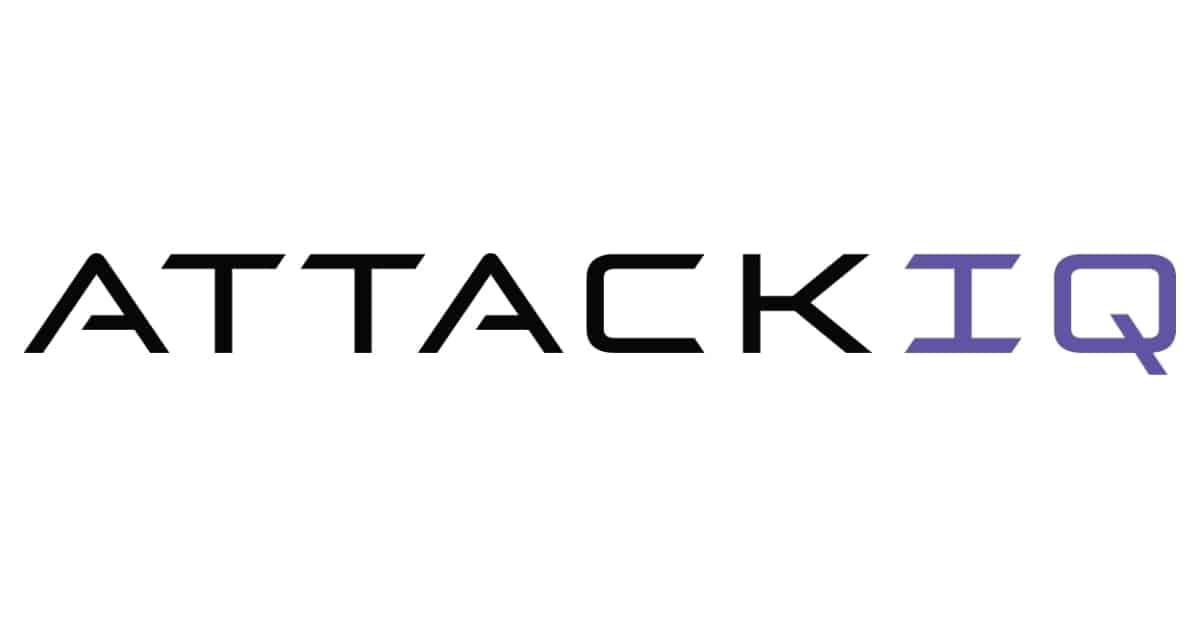Many compliance standards and penetration testing best practices require organizations to assess their environments at least annually.
The issue with this approach is that it leaves your organization in the dark for 364 days out of the year. Even worse if significant updates to the code base are deployed, new software is implemented company-wide, or large infrastructure changes are not followed-up on with retesting.
Bringing automation into the pen testing equation helps to streamline the process end-to-end, reduce costs while increasing the frequency of testing, and ensure you’re remediating the right vulnerabilities in a timely way.
There are 5 main benefits to automating your penetration tests including:
- Reduces costs.
- Provides continuous risk validation.
- Hardens your enterprise.
- Increases cybersecurity team efficiencies.
- Integrates with your vulnerability management program.
Free Security Policy Templates
Get a step ahead of your cybersecurity goals with our comprehensive templates.

What Is An Automated Penetration Test?
Automated penetration testing is when a pen tester uses software to automate some or all of the discovery and exploitation of security vulnerabilities in networks, cloud infrastructure, websites, and web and mobile applications.
Automated testing quickly identifies vulnerabilities by using machine learning, algorithms, and threat intelligence feeds.
However, automated pen testing cannot replace the need for human expertise in planning, analysis, and interpretation of results.
Disadvantages Of Manual Penetration Testing
Two major disadvantages of manual penetration testing are the cost of the test and the time needed to perform the test.
Depending on a penetration test scope, weeks could pass to get valid and usable results, which isn’t always desirable especially if there are critical and high vulnerabilities exist on targeted systems.
Legacy agent-based security attack simulation tools introduce overhead and coverage gaps that fall short of expectations.
Penetration testing only offers a snapshot of the moment of current exposure. The drawback is that exposure in most cases will be different in the following days, weeks, years, which can limit wider visibility of the risks.
Benefits Of Automating Your Pen Testing
Although manual penetration testing is a crucial process, it is also difficult, expensive, and time-consuming.
The benefits of automation are a less expensive and easier approach to penetration testing.
Regular automated penetration testing enables businesses to assess their entire computer infrastructure, which may be updated more frequently than manual penetration testing, for instance, during quick release cycles.
1. Reduces Penetration Testing Costs
Automated penetration testing platforms greatly reduce time consumption as well as operational costs by providing more valid and faster results compared to traditional penetration testing solutions which can take weeks to get proper results.
Automated penetration testing tools can be reused and run multiple times, which can save costs in the long run.
With PurpleSec, we provide cost-effective quarterly penetration testing so the value is much higher than strictly manual methods.
2. Continuous Risk Validation
The advantages of traditional penetration testing are further increased by automated security testing, including the breach and attack simulation (BAS) platforms of today are a great example of this.
Related Article: Continuous Penetration Testing
In order to find visible and hidden vulnerabilities, BAS platforms will continuously simulate real-life attacks against target environments, by using attacker mindsets and tactics and in the process validating the efficacy of your defensive controls.
The management of large, sophisticated, and dynamic networks is inherently difficult, as well as the risks are raised even further by the possibility of human error and configuration mistakes.
The automated penetration testing tools for determining vulnerabilities and risks are not perfect, and the solution to that challenge would be continuous security validation.
During continuous security validation, it is important to accelerate the validation-remediation cycle by prioritizing remediation of critical and high vulnerabilities as soon as detected for which there is a greater risk of exploitation.
3. Hardens Your Enterprise
To properly manage the real exposure of critical assets it’s important to change from a point-in-time test mindset to continuous security validation.
Cybersecurity resilience should be continuously improved.
Managing agents through the entire infrastructure to have greater visibility can be challenging due to time-consuming processes as well as the system’s wider compatibility.
The best approach would be to have an automated penetration tool that will continuously validate risks for your organization.
Another way to approach it to provide cyber security teams with a complete view of the organization’s attack surface and vulnerabilities is to use an agentless approach to receive immediate detection and validation.
4. Increase Cybersecurity Team Efficiency
To produce actionable attack intelligence that enhances the performance of security products and incident response, cybersecurity teams can scale attack scenario execution from single to multiple breach point targets.
The primary focus should be vulnerabilities that present breach points to any organizational critical asset.
5. Integrate With Your Vulnerability Management Program
Findings from PurpleSec’s automated pen tests can be integrated into our risk management platform. This tool will automate risk-based prioritization and the entire vulnerability management lifecycle.
This means workflows are automatically created when critical and high-level findings are identified from our penetration tests so that they can be actioned immediately.
Vulnerabilities are remediated far more quickly resulting in a reduction in overall cyber risk.
Automated Penetration Testing Tools
Depending on what penetration testing type is conducted, the choice of automated penetration tools may vary. We will review the currently available top automated penetration testing tools:
- Pentera
- AttackIQ
- Mandiant
- Picus
It’s important to note that while an organization can purchase these tools on their own they still require a security expert to manage the platform.
Often it’s more cost-effective to hire a managed security provider to oversee these tools.
Pentera
 Pentera is an automated penetration testing and security validation platform for performing automated testing by securely emulating real-scenario attacks from inside and outside across all attack surface layers and securely validating its preparedness for the most recent sophisticated attacks.
Pentera is an automated penetration testing and security validation platform for performing automated testing by securely emulating real-scenario attacks from inside and outside across all attack surface layers and securely validating its preparedness for the most recent sophisticated attacks.
Organizations may find their exploitable attack surface and vulnerable security weaknesses by simulating actual attacks that require no agents or playbooks.
AttackIQ

AttackIQ is an automated penetration testing and security validation platform used by security teams to test and audit their security controls to make sure they function as intended.
Building on the MITRE ATT&CK and AttackIQ libraries with fresh threat intelligence from the outside or that the security team creates on its own, blue and red teams use AttackIQ’s library of adversary emulations to test and validate specific security policies.
Mandiant
 Mandiant is an automated penetration testing and continuous testing platform that provides the security team with accurate information on how security controls behave when attacked, allowing them to make the necessary adjustments to the security environment before an attack takes place.
Mandiant is an automated penetration testing and continuous testing platform that provides the security team with accurate information on how security controls behave when attacked, allowing them to make the necessary adjustments to the security environment before an attack takes place.
Mandiant can assist security teams in finding gaps, misconfigurations, and opportunities for optimization within the organization’s security environment with the use of automated testing, including access to pertinent and active threat data powered by Mandiant Intel Grid.
Picus
 Picus is an automated penetration testing and security validation platform, that automatically assesses the cyber security posture of your organization and gets useful insights to improve resilience.
Picus is an automated penetration testing and security validation platform, that automatically assesses the cyber security posture of your organization and gets useful insights to improve resilience.
Picus provides greater visibility of the organization’s attack surface, continually assesses the efficiency of security measures, and focuses on prioritizing remediation and mitigation processes.
How PurpleSec Automates & Improves the Penetration Testing Process
Penetration testing proactively tests an organization’s IT security resilience by simulating attacker behavior using known tactics, techniques, and procedures (TTP).
We at PurpleSec can help you by integrating our solution into your organization’s environment.
The process to purchase a product license and administer is pretty straightforward in most cases but your organization is still required to have cyber security professionals to manage it and analyze results.
You can implement PurpleSec Managed Penetration Testing Services as a cost-effective solution with support from skilled penetration testers to analyze findings. We can send you an onsite device or send you an agent with a simple one-day setup.
The best practice for utilizing automated penetration testing effectively is to implement a penetration testing policy while enforcing penetration testing best practices.
On-Premise Or Cloud-Based VM Testing
Depending on whether the asset needed to test is located on an on-premise or cloud infrastructure penetration testing approaches can differ.
The advantage of cloud-based infrastructure is that automated penetration testing is commonly performed after code has been developed and seamlessly deployed which improves security instead of periodically running penetration tests in an on-premise environment.
Cloud-automated penetration testing is strongly suggested when a live cloud-based product or feature needs security assurance.
Network penetration testing is also important to identify your organization’s network’s baseline to prevent future breaches.
The Key To Speed And Scale Is Automation
When balancing security integrations with speed and scale, automation is the top priority. Teams can follow security best practices by automating security tools and procedures which saves time.
Therefore, the length of time the application takes to fully scan the application is crucial to comprehending its efficiency. Bulk scanning, scan templates, and scheduled scans that ensure process continuity can help to speed up scheduled scan competition.
A better way to approach and provide cyber security teams with a complete view of the organization’s attack surface and vulnerabilities is to use an agentless approach to receive immediate detection and validation.
With our agentless approach, we can help you to set up automated red team operations that will help you to discover, analyze, and exploit your infrastructure as the way to improve your organization’s overall security.
Prioritize And Remediate With Confidence
After getting results from automated penetration testing tools, it is very important to know how to prioritize vulnerabilities due to large-scale tests and depending on their real risk to your organization, and steps to first remediate the greatest risks to achieve better security posture.
These inquiries go unanswered in the absence of meaningful risk prioritization and actionable context, adding weaknesses to an already large backlog.
PurpleSec can help you to prioritize and speed the remediation process to vulnerabilities that deserve your attention, and not spend your time on false positives.
Model Attacker Behavior Using MITRE ATT&CK
For your security program to be effective, you must be able to think and behave like your adversary in advance of an attack.
It’s a difficult task to predict the attacker’s next move or where the next significant breach might occur.
PurpleSec can help you to achieve your goal from automatically real-world attacker’s viewpoint to expose vulnerabilities by:
- Utilizing the skills of red-team frontline experience.
- Leveraging the MITRE ATT&CK framework.
- Endgame Red Team Automation.
- Ethical exploits arsenal framework.
Wrapping Up
Although we have highlighted the benefits and features of automatic penetration testing solutions, traditional penetration testing still has a huge role.
Quickness, reliability, validating, recurrence, and cost-effectiveness of cyber-attacks in recent times demand a faster penetration testing procedure that automation offers and continues to improve in the time that comes.
Article by




